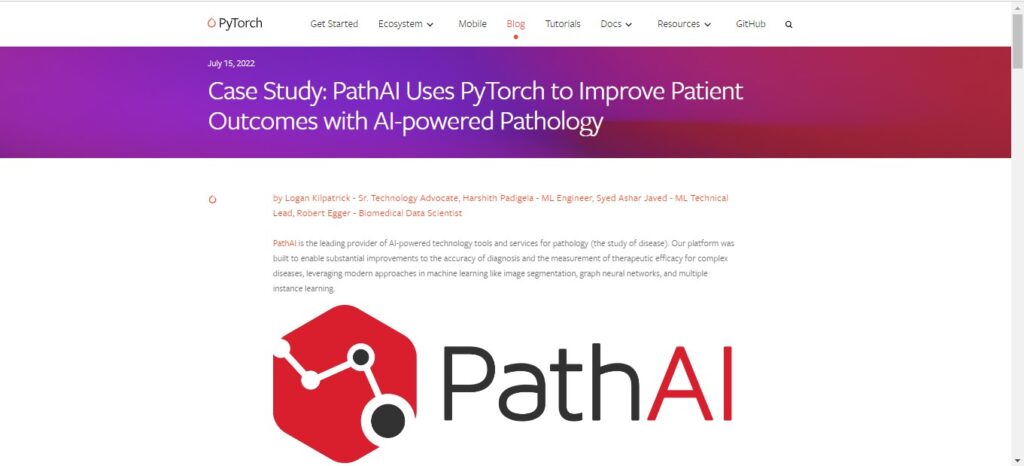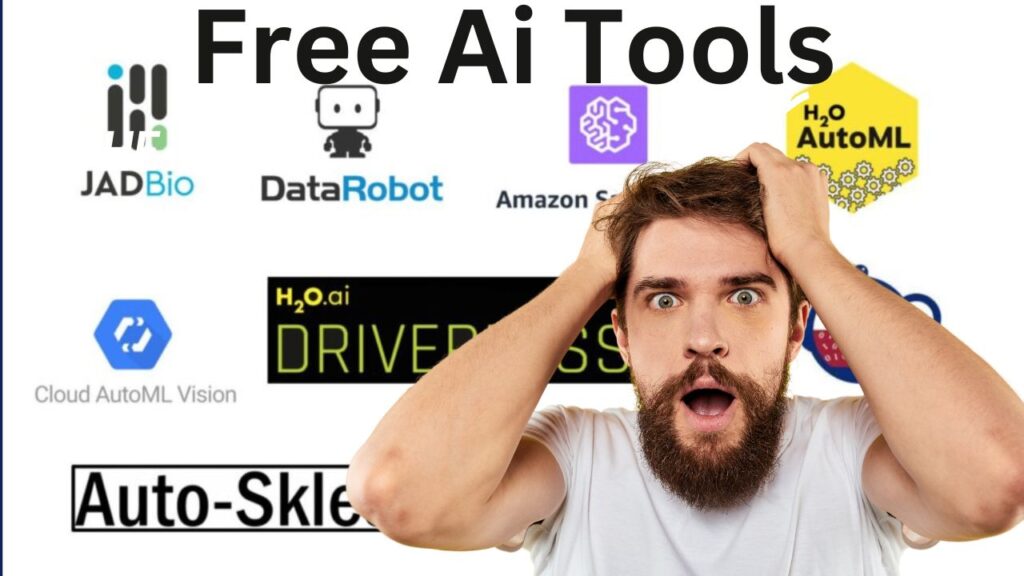Types of Machine Learning AI Tools

Introduction:-
Machine learning AI tools are software frameworks, libraries, and platforms that empower developers, researchers, and data scientists to build, train, and deploy intelligent systems capable of learning from data and making predictions or decisions. These tools have revolutionized the field of artificial intelligence by providing accessible and efficient solutions to complex problems.
At the core of machine learning lies the concept of enabling machines to learn patterns and relationships from data without being explicitly programmed. This enables them to generalize their understanding to new, unseen data and make accurate predictions or classifications. Machine learning AI tools play a crucial role in this process by offering a range of algorithms, models, and utilities that streamline the development and deployment of machine learning solutions.
These tools come in various forms, including open-source libraries, deep learning frameworks, and commercial platforms. Each tool has its strengths, catering to different use cases and expertise levels. Some tools focus on ease of use and rapid prototyping, while others emphasize performance, scalability, and distributed computing capabilities for large-scale applications.
The top machine learning AI tools, such as TensorFlow, Scikit-learn, PyTorch, and Keras, have gained immense popularity and have become the backbone of numerous AI projects worldwide. They provide a diverse set of functionalities, from traditional machine learning algorithms like regression and clustering to cutting-edge deep learning techniques, including convolutional neural networks and recurrent neural networks.
With machine learning AI tools, developers can tackle a wide array of real-world challenges, ranging from image and speech recognition, natural language processing, and recommendation systems to anomaly detection, fraud prevention, and medical diagnosis. The versatility and power of these tools have driven innovation across industries, opening up new possibilities for automation, optimization, and data-driven decision-making.
Moreover, the continuous development and improvement of these tools by the open-source community and technology giants have accelerated the democratization of artificial intelligence. This democratization allows individuals and organizations of all sizes to harness the potential of machine learning and AI, contributing to a more data-driven and intelligent world.
In this dynamic landscape, staying updated with the latest advancements and understanding the strengths and weaknesses of each machine learning AI tool are essential for successful and impactful AI-driven projects. As the field of AI continues to evolve, these tools will undoubtedly play a pivotal role in shaping the future of technology and innovation.
Here are the names of the top 10 machine learning AI tools (as of my last update in September 2021):
- TensorFlow
- Scikit-learn
- PyTorch
- Keras
- Microsoft Cognitive Toolkit (CNTK)
- MXNet
- Theano
- Caffe
- H2O.ai
- RapidMiner
Please note that the field of AI and machine learning is constantly evolving, and there might be new tools that have emerged since my last update. It’s always a good idea to check for the latest information to stay up-to-date with the latest developments in the industry.
TensorFlow:

TensorFlow is an open-source machine learning framework developed by Google. It provides a flexible and efficient way to build, train, and deploy machine learning models across various platforms and devices. TensorFlow is known for its scalability and is widely used in research and production environments for tasks like image and speech recognition, natural language processing, and more.
2. Scikit-learn:

Scikit-learn is a popular open-source library for machine learning in Python. It offers a wide range of algorithms for classification, regression, clustering, and more. Scikit-learn is known for its ease of use, clear documentation, and integration with other scientific Python libraries.
3. PyTorch:

PyTorch is another open-source deep learning framework that provides a dynamic computation graph. It is developed by Facebook’s AI Research lab (FAIR) and is widely used for research in academia and industry. PyTorch offers an intuitive and flexible interface, making it a preferred choice for many deep learning researchers.
4. Keras:

Keras is a high-level neural network API written in Python. Initially developed as a user-friendly interface on top of other deep learning libraries like TensorFlow and Theano, it has now become part of TensorFlow itself. Keras allows for quick and easy prototyping of neural network models.
5. Microsoft Cognitive Toolkit (CNTK):

The Microsoft Cognitive Toolkit, also known as CNTK, is an open-source deep learning framework developed by Microsoft. It is designed for training deep learning models with high efficiency and scalability. CNTK is used in various applications, including image and speech recognition, natural language processing, and more.
6. MXNet:

MXNet is an open-source deep learning framework designed for both efficiency and flexibility. It supports both imperative and symbolic programming, making it suitable for a wide range of users. MXNet is particularly popular for its support for distributed training and deployment across different devices.
7. Theano:

Theano is a Python library for efficient numerical computation, especially for deep learning and machine learning tasks. While it is no longer actively developed, it played a crucial role in the early development of deep learning frameworks, and its ideas have influenced other libraries like TensorFlow.
8. Caffe:

Caffe is a deep learning framework developed by the Berkeley Vision and Learning Center (BVLC). It is well-suited for convolutional neural networks (CNNs) and is widely used in computer vision tasks such as image classification and object detection.
9. H2O.ai:

H2O.ai is an open-source platform that provides a suite of machine learning tools. It focuses on making machine learning accessible to non-experts while also providing advanced capabilities for experienced data scientists. H2O.ai is designed for scalability and can handle large datasets efficiently.
10. RapidMiner:

RapidMiner is a data science platform that offers a visual workflow interface for building machine learning models. It provides tools for data preparation, model building, and deployment, making it popular among business analysts and data scientists alike.
Conclusion:-
Furthermore, machine learning AI tools have accelerated research and development in AI by providing a platform for experimentation and prototyping. Researchers can now explore innovative ideas, test various models, and benchmark their algorithms using these tools, fostering continuous progress in the field.
However, despite their strengths, machine learning AI tools are not one-size-fits-all solutions. Choosing the most appropriate tool depends on the specific requirements of each project, including the nature of the data, the complexity of the problem, and the expertise of the development team. Consequently, understanding the strengths and limitations of each tool is crucial to ensure successful and effective AI implementation.
As AI continues to evolve, machine learning AI tools are expected to keep evolving as well, adapting to emerging trends and challenges. New tools may emerge, building on the successes of existing ones and pushing the boundaries of what’s possible in AI research and application.
machine learning AI tools have ushered in an era of data-driven intelligence, transforming industries and revolutionizing the way we interact with technology. Their impact is felt in numerous domains, from personalized online experiences to medical diagnostics and autonomous systems. With the continued advancement of AI and machine learning technologies, these tools will remain fundamental in shaping the future of AI-driven innovation and helping us unlock the full potential of artificial intelligence for the betterment of society.



